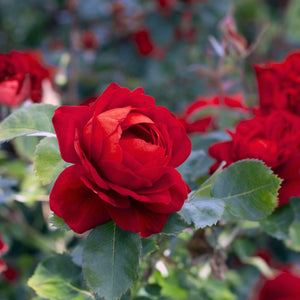Mealybug is a nasty pest that can appear on just about any houseplant. The Mealybug's name comes from the white, wool-like secretion that the female bugs produce. The secretion is also the most recognizable sign of Mealybugs in your plant. If you see white, woolly balls all over your plant–that is often a sign of mealybug. The bugs themselves are white with stripes across their backs and small white legs. Unfortunately, this pest is very difficult to control, as the mealybug can withstand temperatures as low as -40 degrees.
Damage to the plant
Like other louse species, the mealybug bites its way through leaves to the veins of a plant. Here, it feeds on the plant's nutrients, which cause its leaves to turn yellow or brown and eventually die. The mealybug also secretes honeydew, a sticky substance, where harmful fungi can also form. Yet, despite the damage mealybugs can impose, most plants survive a mealybug infection.
Treatment
There are a few tricks you can use to get rid of mealybugs. First, try to spray the bugs with water. The bugs are relatively large, so you can easily check whether they have all been removed from the plant (just make sure to check the plant after a few days to see if any new eggs have hatched). Another way to get rid of mealybugs is to touch the mealybug with a cotton ball soaked in alcohol. This should be done every day until the bugs and their white secretion have disappeared. If none of these tricks work, chemical pesticides are also a remaining option.
Causes
The mealybug does not have a specific preference for any living environment, so there is no specific cause for mealybug infections.
Prevention
Mealybugs often come with drafts, so make sure your plant is not in the way of a direct draft. Regularly checking and quickly getting rid of mealybugs on your plant is also necessary to prevent infection. Do not over water or overfertilize, as mealybugs are attracted to plants with high nitrogen levels and soft growth, and washing foliage regularly with a leaf shine will help discourage future infestations.










